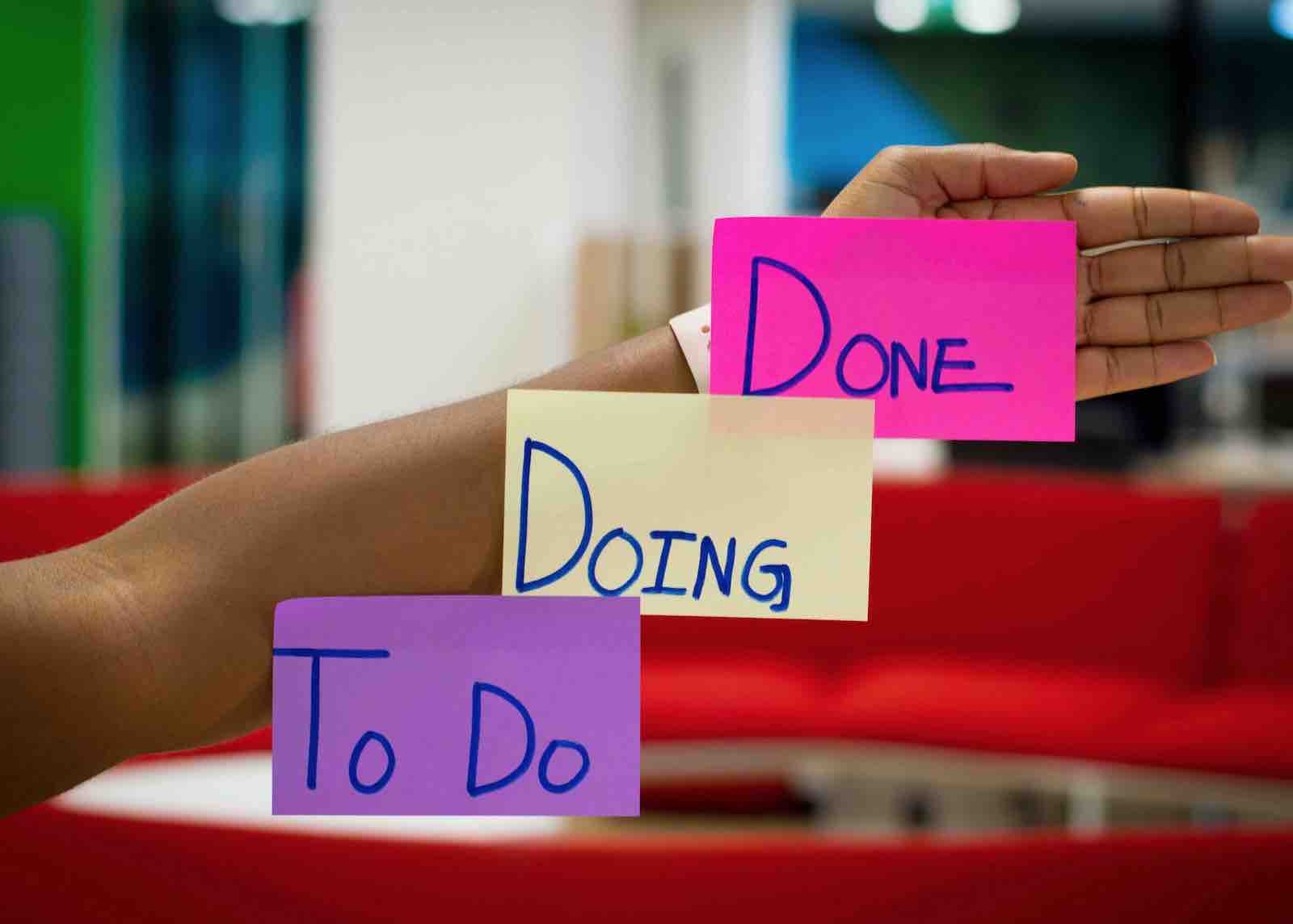When a company needs to delve deep into the crux of any its core business areas, it simply cannot bypass its own beginnings.
The beginning of any company, namely the sole reason for which it started, is the key. A company built on solid business capability model cannot merely fade into the oblivion or have an unprecedented close.
Many organizations evolve with a strong business capability model without even realizing the significance of it at times. However, those companies that don’t have solid business capability model, cannot survive their own days in this tech-savy and highly competitive world of ours, forget their future.
Capability models cannot be synonymized with mere ‘capacity or competency’ models or exercise. This is where I request my earlier articles to be read.
Defining Business Capability Model
 A Capability Business Model is a composition of what a business is and does and can do in granularity. It is not a ‘part’ of any business, as many business advisors would write it off, but it forms the ‘whole’ of a what a company stands for and what a company is.
A Capability Business Model is a composition of what a business is and does and can do in granularity. It is not a ‘part’ of any business, as many business advisors would write it off, but it forms the ‘whole’ of a what a company stands for and what a company is.
It is “neither a process that describes the end to end of a flow nor a system that orchestrates a function.” It is “neither a framework that defines an organizational structure nor a competency that defines skills and behaviour”. Yet it encompasses the WHOLE of them.
Capability Business Model is an agglomeration of all the underlying business capabilities that manifest everything of a company’s product, service, framework, structure, unit and its personnel.
Dissecting a Business Capability Model
 A capability model has to conform to a MECE Model (mutually exclusive and collectively exhaustive). In simple words, it should include all distinct bits and units and leave out nothing of business and its ways, in order to avoid any kind of complexity and ambiguity.
A capability model has to conform to a MECE Model (mutually exclusive and collectively exhaustive). In simple words, it should include all distinct bits and units and leave out nothing of business and its ways, in order to avoid any kind of complexity and ambiguity.
Capability Model is Analytical
The first thing that we need to find it in our dissection is to ask a question, “is the model capable of an analysis?”.
Capability Model is analytical. It asks all the questions in its capability analysis
- Can the model be reasoned?
- Does it comprehend all of business requirement?
- Does it create an element of stability and sustainability?
- Does it ward off any kind of redundancy?
- Is it adaptable?
- Is it evolving?
- Is it pragmatic?
Capability is forming and transforming
Every company wants to be successful not for a certain period of time but all the time, it discovers the HOW in due course of its journey.
Capability business model does not allow any kind of mid-crash, for the very reason it is mutually exclusive and collectively exhaustive.
It assesses every capability in its detailed composition by creating it from the scratch.
- It forms a cross-functional team of ideators and implementors
- It assesses the current state of capabilities
- It defines a clear roadmap
- It plans and implements the roadmap
- It envisions future state of capabilities
- It bridges capability gabs
- Defines and implements a transformation roadmap
This process is home-grown and constant. It is specific, relevant, measurable and time-bound. That makes capability business model a true business model to reckon with in the 21 Century.
Capability Business Model is like swiss knife that does all cross functions effortlessly. It will be any enterprise toolkit showing a progressive, yet sustainable path to success.
Elias Moses is a Senior Business Strategist, Business Consultant, Researcher, Corporate and Leadership Trainer, Orator, Columnist and an Entrepreneur. He is the founder and Director of ManagingNext and Manovsis
The author can be contacted@
email: elias@managingnext.in, linkedin: www.linkedin.com/in/eliasmoses
